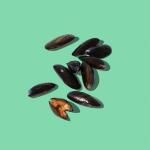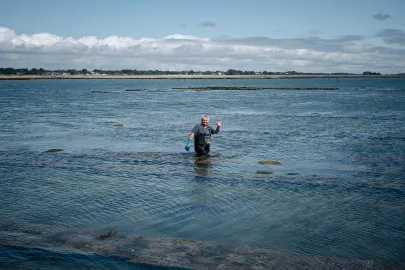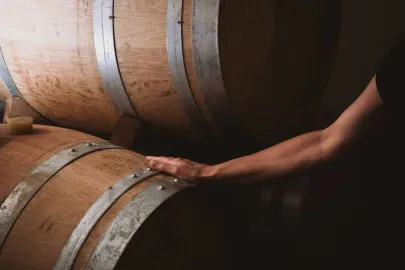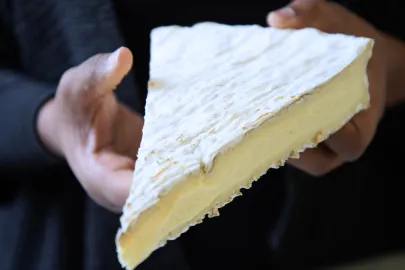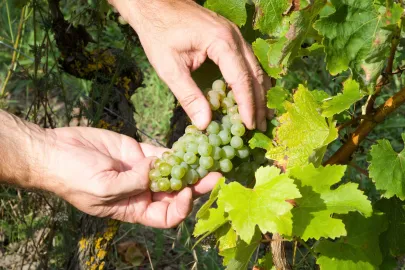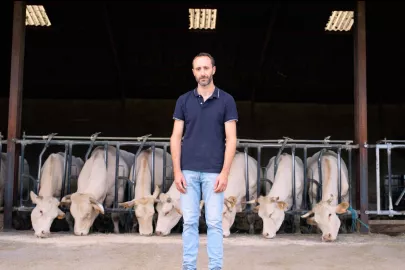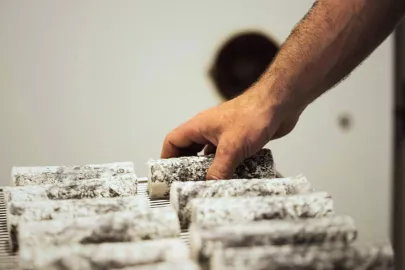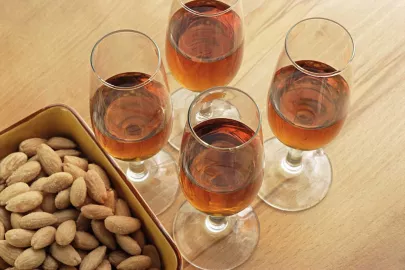The first marine product to receive Controlled Destination of Origin status, and later Protected Destination of Origin status, bouchot mussels from Mont-Saint-Michel Bay are farmed in open water. From farming to harvesting, everything is done to protect this resource and the environment. Read on for a quick introduction to the topic with help from Nicolas Lebeau, President of the Designation Committee.
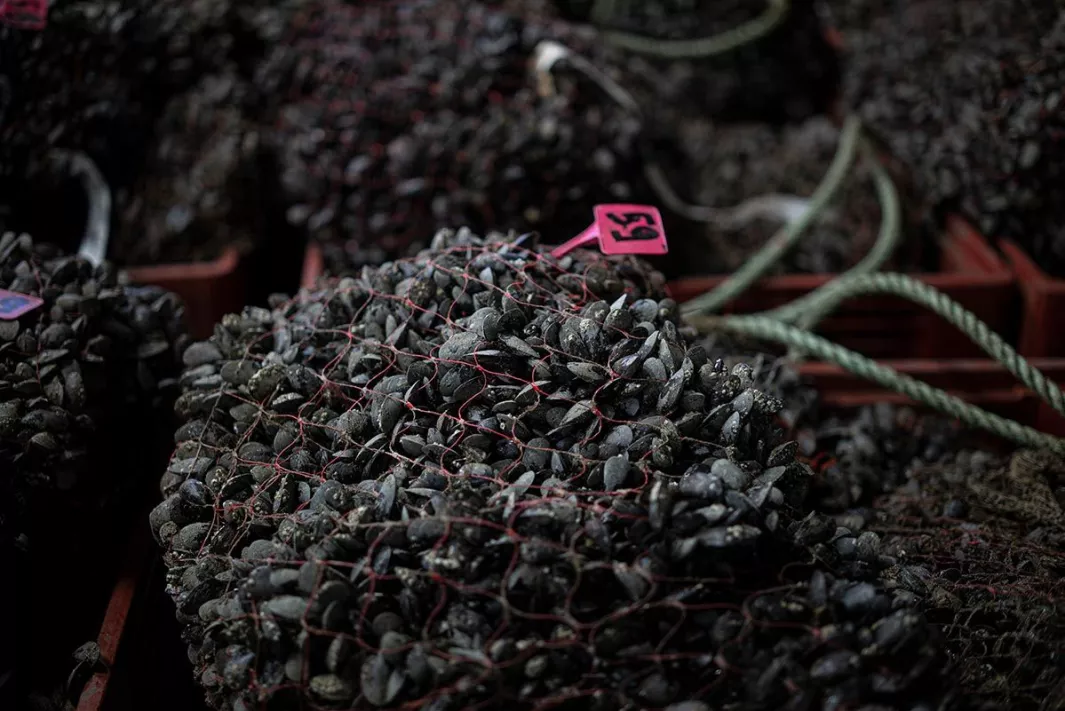
July signals the start of bouchot mussels season in Mont-Saint-Michel Bay. Like every year, the mussels have to fulfil all the specifications included in their Protected Destination of Origin certification. They can be farmed only through natural methods, which means they spend 11 months attached to wooden piles buffeted by extreme tides, and must be larger than 4 cm, which ensures the meat will have a silky texture and orange colour—not to mention an intense flavour.
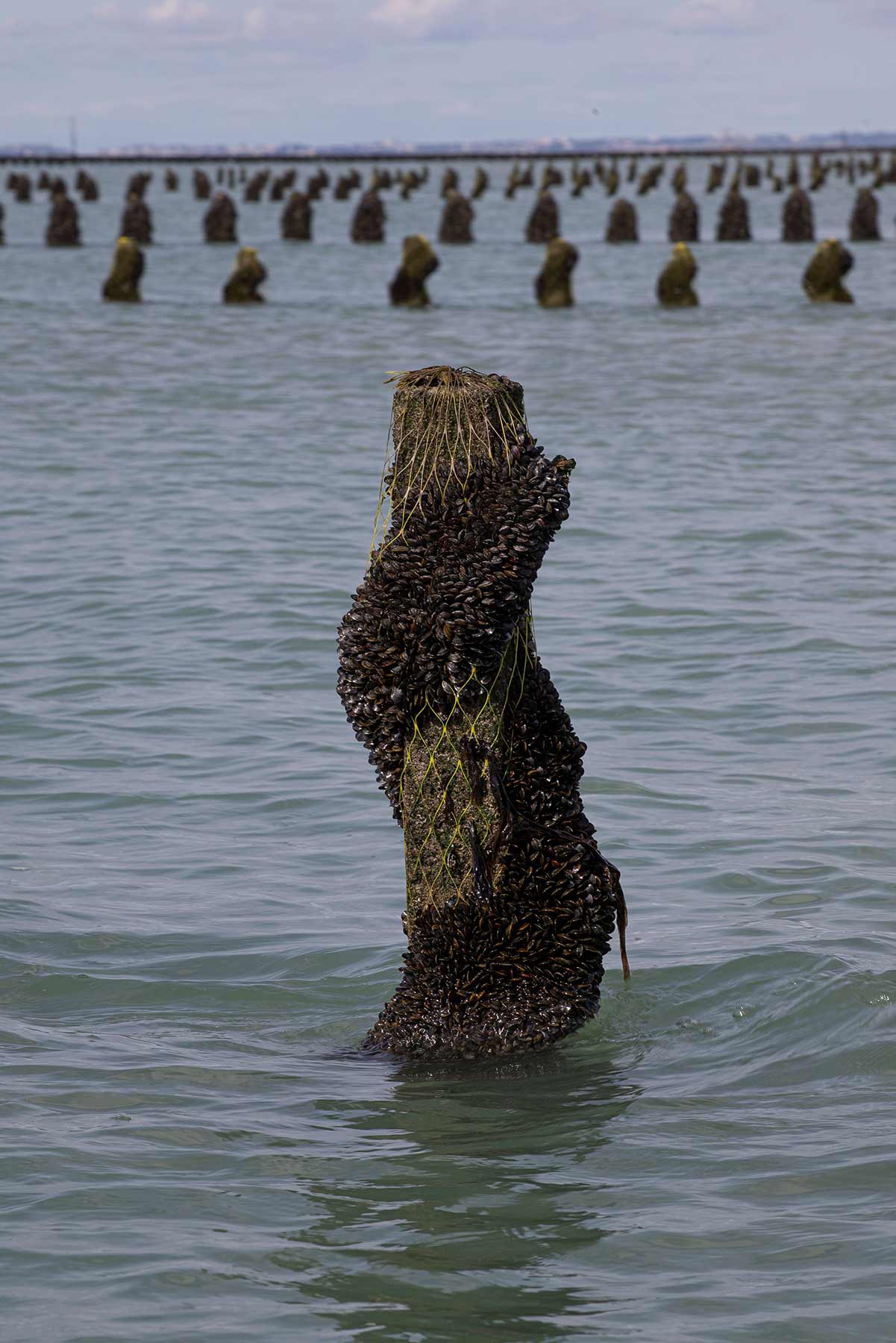
An entire year of preparation
Before the wooden poles in the bay can be coated with these blue-black shells, larval mussels must first be captured naturally in Charentes. While attached to long coconut-fibre ropes, the mussels are grown here from March to August. They are then transported to the coast of Brittany. At the port of Le Vivier-Sur-Mer, these invaluable ropes are distributed to the region’s 43 certified farmers. Some will be added to the bouchot mussel beds that same day. The others will be kept in “maturing beds”, which are large tables that are regularly immersed in water. In fact, only just over half of the piles, which were once made from oak and are now brazilwood, will be covered in mussels. This protects the bay and ensures a consistent level of quality. The mussels grow over the winter and through the following spring while surrounded by nets, which protect them from predators, currents, and storms.
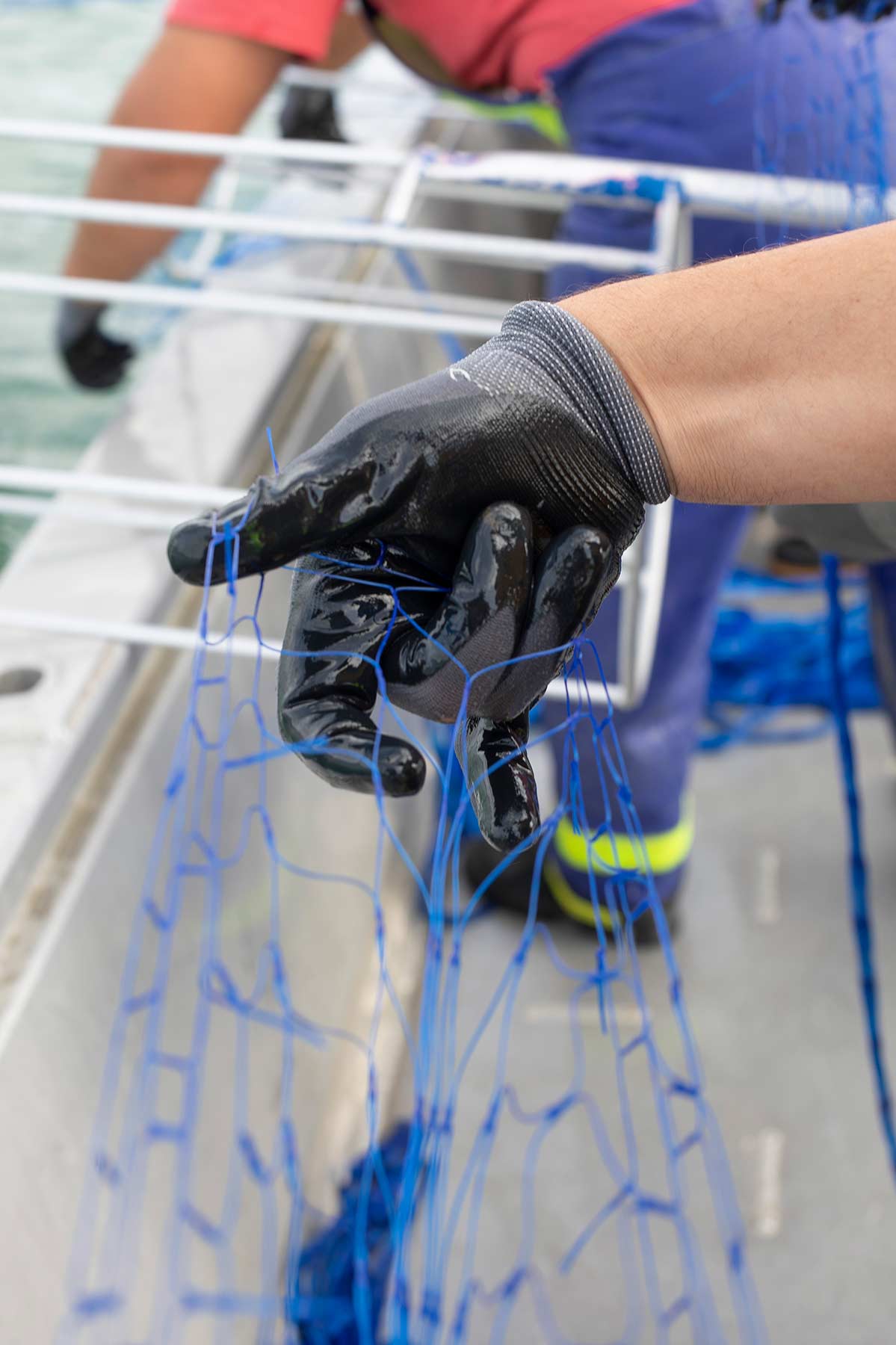
Closely monitored quality
Starting in June, a number of tests and controls are used to verify the mussels’ quality. The mussels eat the phytoplankton that is suspended in the water. The water in the Bay of Mont-Saint-Michel is very clean. The difference in sea level between high tide and low tide, which is especially large in this part of the world, and the limited influx of fresh water protect the bay’s environment and biodiversity. Only when the mussels tick every health-, physical-, and flavour-related box can the harvest begin.
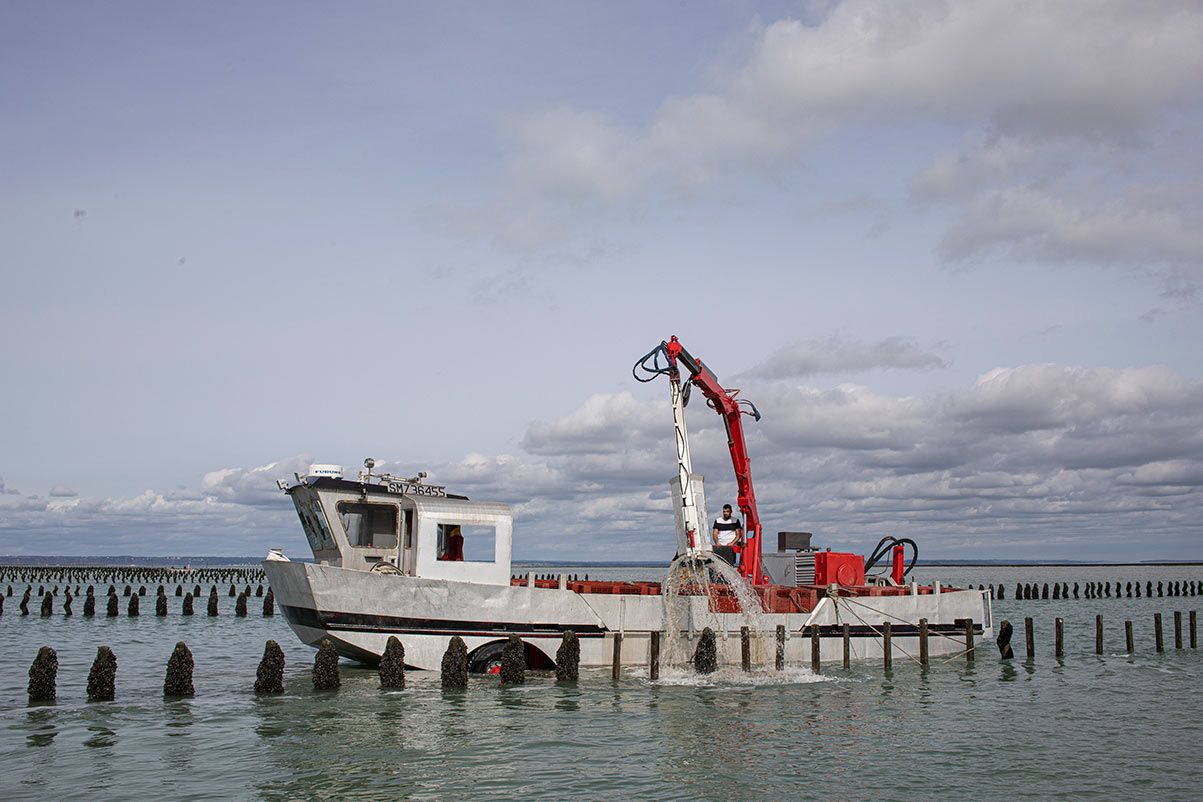
Mussel harvesting
The harvest season lasts from late July to late January, or even late February depending on the year. During this time, 247 kilometres of lines, or 318,000 piles, are harvested. “Amphibious boats have revolutionised the harvesting process”, said Nicolas Lebeau, a mussel farmer. Farmers no longer have to wait for high tide to go out. The boats are able to travel across several kilometres of sand on oversized tires in order to reach the sea. One person takes care of the boat, while the second removes the mussels and places them in crates using a hydraulic arm. After they are brought to shore, the mussels are stored in pools of salt water pumped in from the bay. They are then manually washed and sorted that same day or the next day at the latest. “Out of an eight-tonne harvest, six to seven tonnes are sent out for packaging”, said the fisherman, who took over the family business. The remaining amount consists of mussels that are too small to qualify for PDO status, mud, small crustaceans attached to the shells, crabs, etc. Once they are cleaned, the mussels are packaged in 5-10 kg bags marked with a health label, which guarantees their quality. “The characteristics of the bay—this special blend between the land and sea—can be found in the mussels’ flavour”, said Nicolas Lebeau. So much so that true aficionados can tell you which part of the bay the mussel was harvested from solely from its taste! These mussels are a product of their terroir, to say the least!
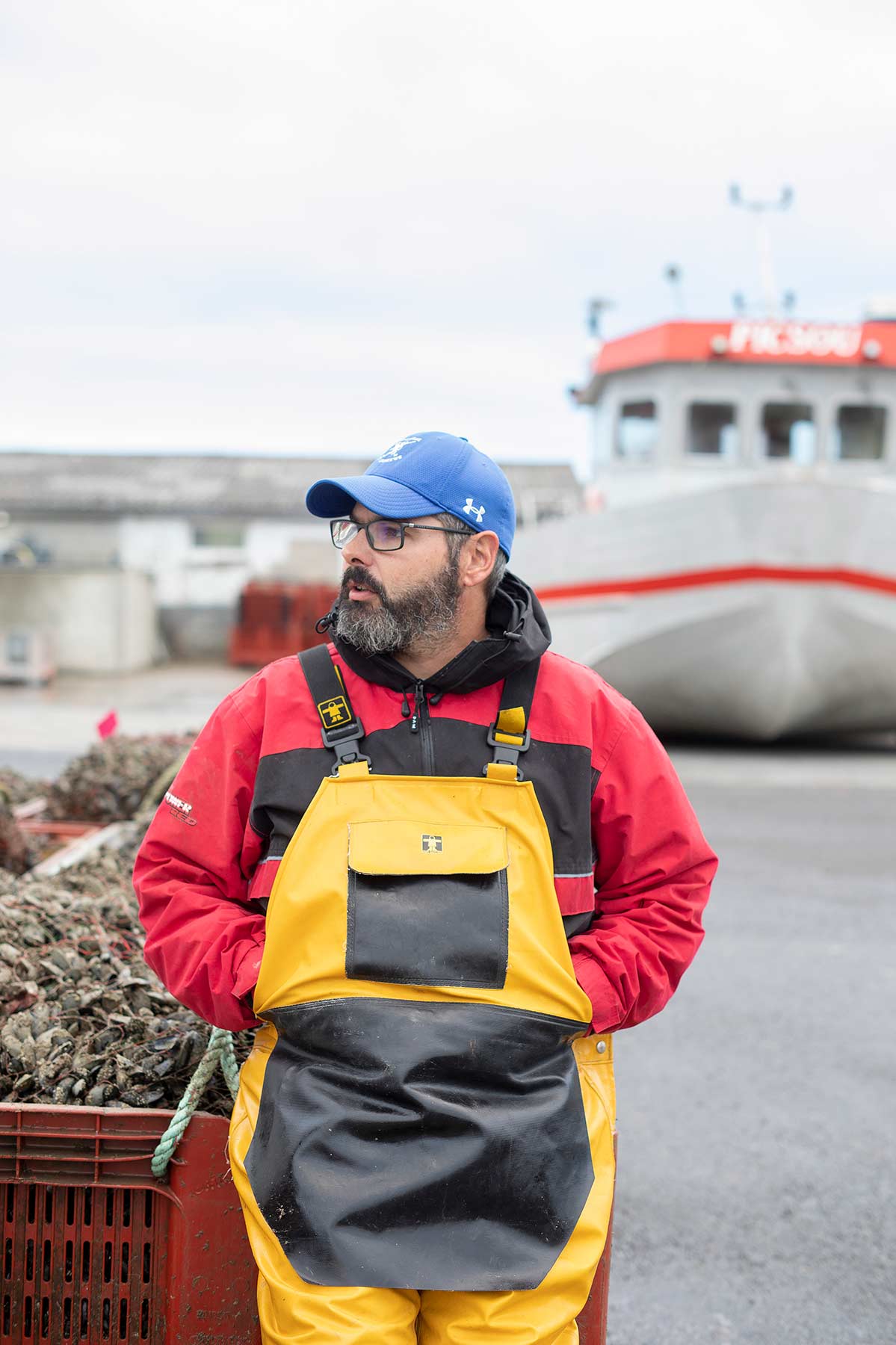
Contributor

Editor

